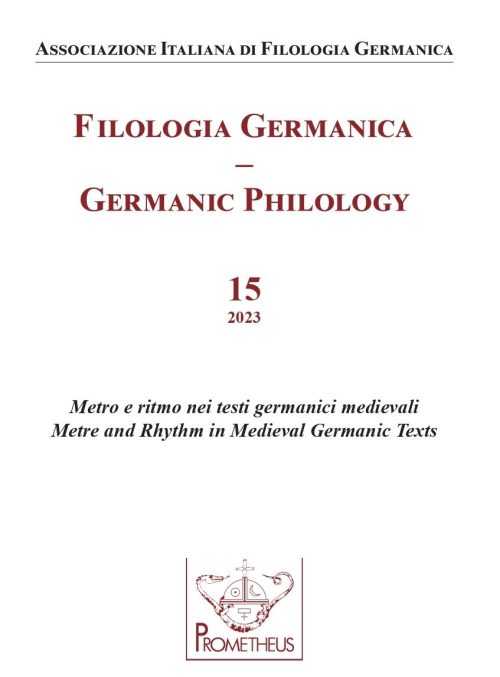Eurhythmic dips in Middle English alliterative verse
DOI:
https://doi.org/10.14672/fg.v15i.2426Parole chiave:
Middle English, final dip, rhythmic structureAbstract
The structure of the a-verse in Middle English alliterative meter remains unclear. One of the most controversial issues concerns the a-verse end, more specifically, the number of syllables in the final dip. Scholars such as Judith Jefferson and Ad Putter, and Noriko Inoue and Myra Stokes argued that while the second half-line (the b-verse) must not end with a long dip, the first half-line (the a-verse) can. But Nicolay Yakovlev argued that final long dips are prohibited in a-verses as well. In this essay, therefore, I will re-consider the “final dip” and see whether the a-verse can indeed end with a long dip. I shall show two things. Firstly, the long final dip is an essential part of the rhythmic structure of the two-beat a-verse and serves to generate “eurhythmic” verses with dips of two or three syllables. Secondly, Yakovlev’s three-lift a-verse theory and his principles of scansion based on grammatical categories would unnecessarily eliminate a long final dip that, in my opinion, is rhythmically essential in terms of eurhythmy.
Pubblicato
Fascicolo
Sezione
Licenza

Questo lavoro è fornito con la licenza Creative Commons Attribuzione - Condividi allo stesso modo 4.0.
CC-BY-SA



